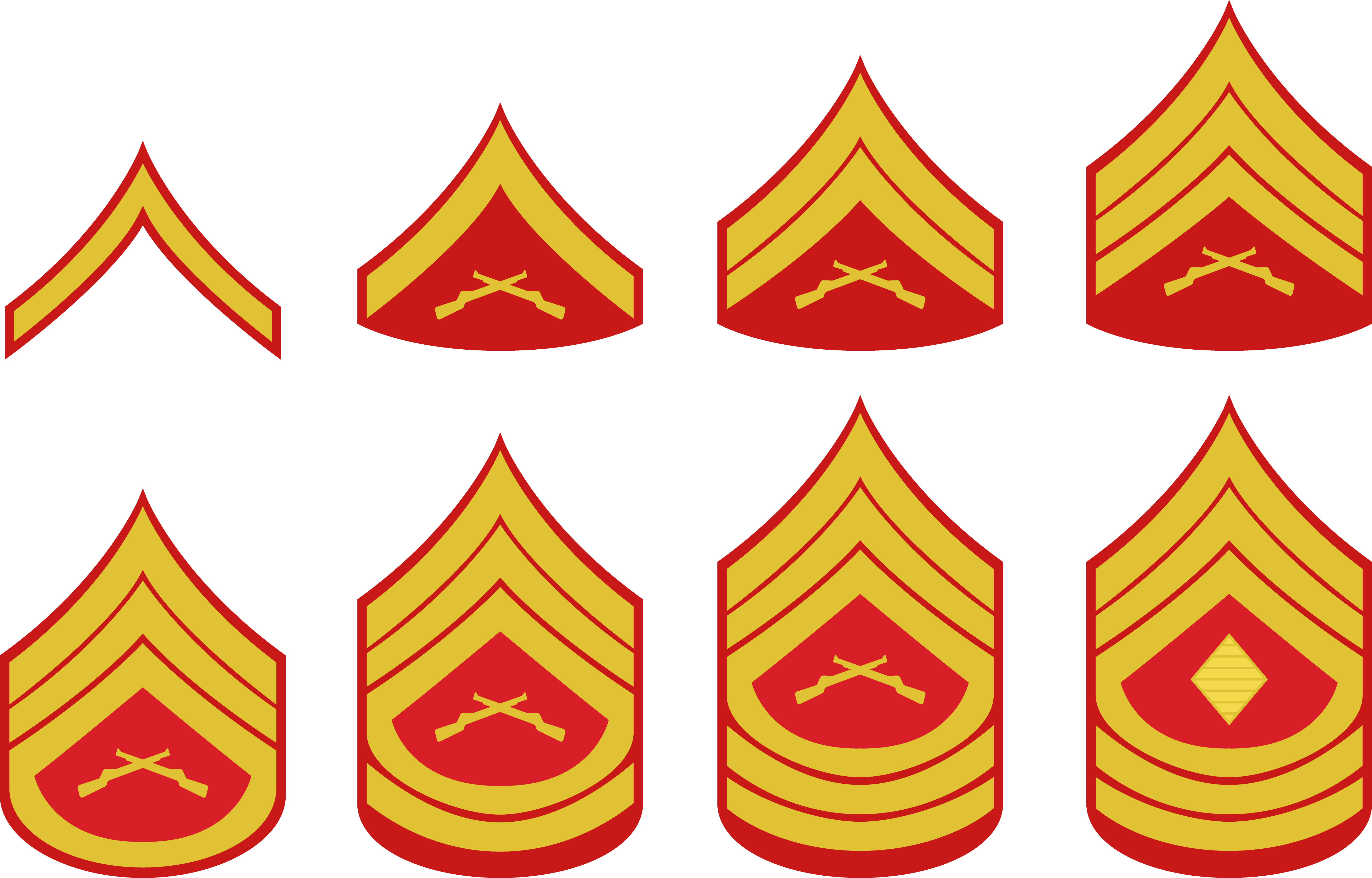

Second-class or lower part II or specialist qualification (CPO)įirst-class part II or specialist qualification (CPO)īasic device with crown above two stars belowĬhief petty officers, petty officers and confirmed Second-class part II or specialist qualification (PO and below)įirst-class part II or specialist qualification (PO and below) "Star" or third-class part II or specialist qualification ( PO and below) The Seaman and Naval Airman branches were:
Navy enlisted rank insignia professional#
On qualifying professionally for Petty Officer, able to command, instruct others and carry out more complex tasks.īasic device with crown above worn on the on both lapels on number 1 dress.Ĭhief Petty Officers attain no additional professional qualification, able to show advanced leadership, training abilities and perform the most complex tasks. On qualifying professionally for Leading Rate, able to carry out complex tasks and lead others and expected to train for next level as Petty Officer. On qualifying professionally for Able Rate, AB class 1, operationally trained to carry out basic tasks and expected to train for next level as Leading Hand.īasic device with star above and star below On entering a sub-branch Able Rate, AB class 2, under training ^ Royal Marines other ranks who qualify are designated Commando Aircrew (RMAC).

Also applies to Royal Marines assigned to the Commando Helicopter Force. ^ Non-flying Ratings and Other Ranks in the Fleet Air Arm are designated by the general term Naval Airman (NA), followed by their specialty.^ Formerly known as Meteorology & Oceanography (METOC).The branches were reviewed, revised and published in the Royal Navy's June 2013 BR3 ( Book of Reference) edition (now the June 2015 edition). Some personnel have an additional option to pass the All Arms Commando Course and serve attached to the Royal Marines. Ratings in the Marine Engineering and Medical branches may obtain "Dolphins" (qualify for the Royal Navy Submarine Service). Branch sub-specialities are denoted with an abbreviation on the branch badge. Trades in the Royal Navy are listed below. The insignia denotes trade and specialty. A crown indicates they have passed the relevant PQE and are eligible to be Petty Officer. Two stars indicates they have completed the Leading Rates course and are now eligible to study for the Petty Officers Qualifying Exam (PQE). One star indicates they have passed the required exam in order to be eligible to be selected for the Leading Rates course in their respective branch. Branch badges include stars and crowns above and below the branch logo, indicating an individual's qualification within their branch. One nickname is "Killick", for the Killick-anchor rate badge. a leading rate (commonly called a leading hand). The information on the left arm is the individual's rate - e.g. Retrieved 11 April 2022.Ratings in the Royal Navy include trade badges on the right sleeve to indicate a specific job. NATO Forces: An Illustrated Reference to Their Organization and Insignia. ^ "RM Officers & Other Ranks Badges of Rank".^ "Sposób noszenia odznak stopni wojskowych na umundurowaniu Marynarki Wojennej" (PDF).^ "De rangonderscheidingstekens van de krijgsmacht" (PDF) (in Dutch).Official Gazette of Montenegro (in Montenegrin). Ministry of National Defence (Lithuania). ^ "LANDHELGISGÆSLA ÍSLANDS STÖÐUEINKENNI" (in Icelandic).^ "Instruction n☁ DEF/EMM/RH/CPM relative aux uniformes et tenues dans la Marine du 15 juin 2004" (in French).Archived from the original on 20 February 2005. Archived from the original on 28 April 2021.


 0 kommentar(er)
0 kommentar(er)
